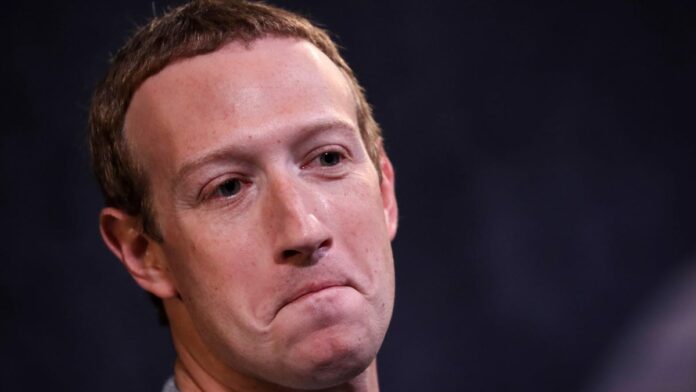Mark Zuckerberg is betting on another digital universe after his metaverse dreams crashed and burned. The new world he’s putting his weight behind: the fediverse.
Meta’s Instagram Threads officially joined the fediverse Thursday (Mar. 21). Meta said in a post that the ultimate goal of its move was to give “people greater control over their online identity and the content they see, regardless of their chosen platform.” It’s also a positive marketing tactic to position Meta as a social media site for its users, just as Meta has drawn criticism for failing them in other ways.
Okay, I’ll bite. What is the fediverse?
The fediverse is more grounded in reality than the metaverse, but arguably more confusing. It’s a combination of the words “federation” and “universe.” Simply put, the fediverse is a group of social networks that can communicate and work together across platforms. Meta breaks it down further.
One way to think about the fediverse is to compare it to email. You can send an email from a Gmail account to a Yahoo account, for example, because those services support the same protocols. Similarly, in the fediverse you can connect with people who use different social networking services that are built on the same protocol, removing the silos that confine people and their followers to any single platform. But unlike email, your fediverse conversations and profile are public and can be shared across servers. -Meta describing the fediverse in its announcement Thursday
Put another way, the idea is that a user can interact with posts from one social media platform (like Threads) on a different one (like Mastodon, another social media platform similar to X). In an ideal fediverse, all social media apps would be interconnected — someone could like a Tweet on Facebook, and get TikTok notifications on Instagram.
Meta has joined one iteration of the fediverse that runs on a service called ActivityPub. There are other services that can be used to power fediverses, such as Bluesky’s AT Protocol, Nostr and Farcaster. ActivityPub is the most popular so far, and would likely become the industry standard.
Both the metaverse and the fediverse are relatively new digital ecosystems — the first virtual reality headset company was started back in the 1980s, and the concept of the fediverse was introduced in 2010 by software developer Evan Prodromou. While the metaverse is a 3D digital space (or virtual reality) kind of like walking around inside of the internet (if you’re wearing VR headsets), the fediverse is more about connecting existing internet tools than creating a whole new digital world.
Proponents of the fediverse say that it would combine all of our distinct social media presences in one place. Here’s what The Verge writer David Pierce wrote last year: “We need one thing that is both simple enough and big enough to handle all the ways we connect with each other online. No centralized platform has ever been big enough. The fediverse can be.”
And having Meta join on to the fediverse — which so far includes smaller social media sites such as Reddit-esque Lemmy and YouTube-like PeerTube — could boost its popularity and transform the very way we interact with social media.
But critics point out that Zuckerberg’s bids on big new ideas have failed before (cough, cough, its Metaverse). Still, while Meta may have abandoned its capital-M Metaverse, the company brought the lowercase-m metaverse back into mainstream conversation, since which major players like Apple have released Apple Vision Pro and similar metaverse-centered products. Even if Meta isn’t successful in its own fediverse endeavors, it could still impact the evolution of the social networking concept and define the next way we communicate online.


